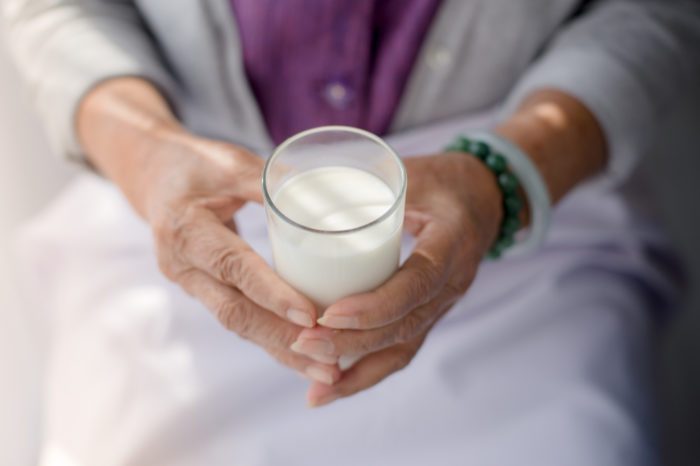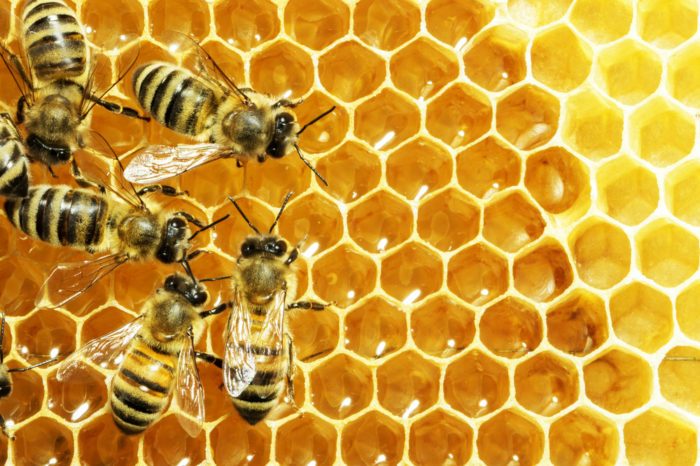Levi Strauss is making an environmentally friendly jean that uses 96% less water!
In 1938, Popular Mechanics published an article toting the benefits of hemp products. By their count, over 25,000 products could be made from the plant, despite the fact the US government was actively working towards a complete hemp prohibition. In PM‘s words, “Hemp is the standard fiber of the world. It has great tensile strength and durability.” No wonder hemp became the natural choice to create a tough-as-nails, working-man’s pant: the jean.
Over a century ago the iconic Levi jean was one of these 25,000 possible hemp products. Long before we came to associate jeans with cotton, Levi Strauss was weaving them from hemp fibers. Today, Levi jeans have come full circle with the launch of their Levi’s Water<Less collection.
The Spread of Hemp Fibers Across History
Most of the archaeological evidence of hemp is from fabric scraps, canvas rope, and other material goods. In China, archeologists discovered hemp rope imprints into pottery dating between 5000 and 4000 BC. As cultivation of the plant spread across Asia and into Europe, the plant’s fibers were quickly adopted to produce a range of durable fabrics. Most importantly, Europe relied almost exclusively on hemp for the production of fabric sails. Some suspect the word for cannabis stems from the word canvas.
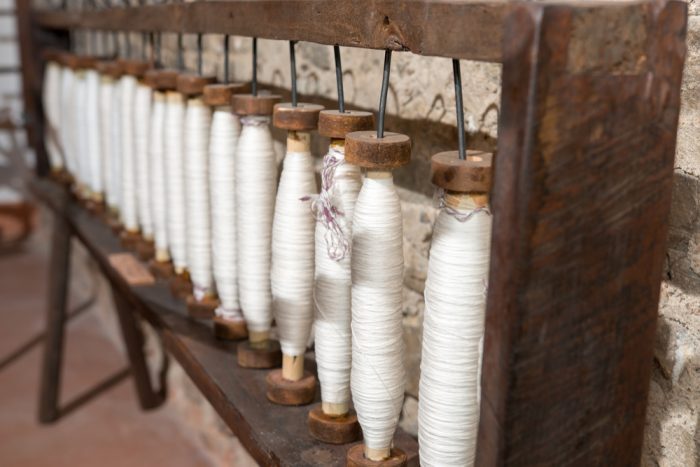
Evidently, hemp fabric has played an important role in many cultures around the world. So why are so many people surprised to learn that the American brand Levi’s relied on the plant as well?
Levi’s Not So Secret History With Hemp
Before jeans were as ubiquitous as they are today, they were a durable option for the working poor. It’s partially why they are so often associated in cultural landscape with farmers and ranchers. Both jobs required affordable, and long-lasting fabrics to stand up to rough daily abuse.
Considering Levi Strauss was already producing hemp-canvas tents, it made sense for the company to apply the same hard-hitting design to a pant leg. If the canvas could withstand the forces of nature, the rain, the sleet, and the wind, then the same fabric could stand up against the tough conditions of a farm.
Environmental Winners
Why is Levi’s returning to their roots of hemp-based pants? Compared to other crops grown for fabric production, hemp is one of the most environmentally friendly options. In a side-by-side comparison with cotton, the most conventional fiber for Levi’s products, hemp is the clear environmental winner.
The production of cotton takes up 2.5 percent of the world’s farmland, yet it accounts for 10 percent of the agricultural industry’s chemical usage, and massive levels of water consumption. When grown in less developed countries, cotton production can often mean poor labor laws, slavery, and children working the fields. Cotton is not usually ethical, and rarely environmentally friendly.
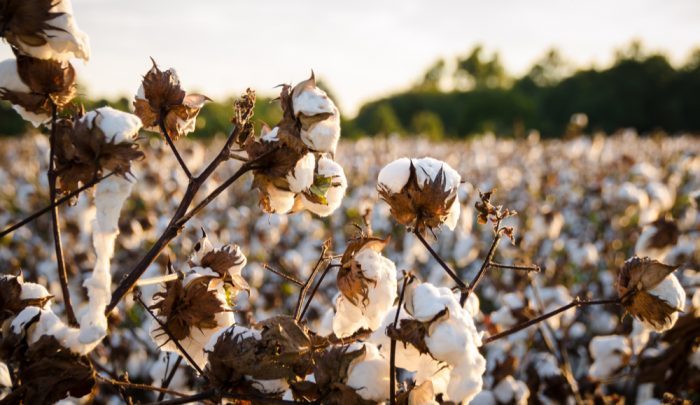
Enter hemp. Hemp uses 50 percent less water than cotton, matures in two thirds of the time, and its waste products can be turned into other products. Hemp is one of the fastest growing industries in the world, and with the passage of the 2018 Farm Bill, American farmers are eagerly planting. Which, in future, will mean ethical and locally sourced raw materials.
Levi Jeans and Outerknown
Levi’s new collection, in partnership with Outerknown, a California-based surf brand, is looking to reduce their ecological footprint. They’re finding ways to reduce water consumption and chemical use, and sourcing environmentally friendly materials (hemp and recyclable textiles). As a result, these two of the many multinational companies returning to hemp as a viable material.
In a press release, Levi’s explained: “We partnered with fiber technology specialists to create a ‘cottonization’ process that softens the fiber — using very little energy or chemical processing — to make it look, and more importantly feel, almost indistinguishable from cotton.”
This is a great sign that hemp is seeing a massive come back in fashion thanks to novel technologies and innovative techniques to transform what was once a durable, but rough material, into a soft and versatile option.
Moreover, cottonized hemp has given Levi jeans more flexibility in design. In the Outerknown collection, hemp and hemp-blends have been worked into T-shirts, jackets, pants, and more. Levi’s may be the biggest name yet to return to hemp-clothing design, but they are far from alone. Hundreds, if not thousands, of smaller forward thinking designers have already made the leap.
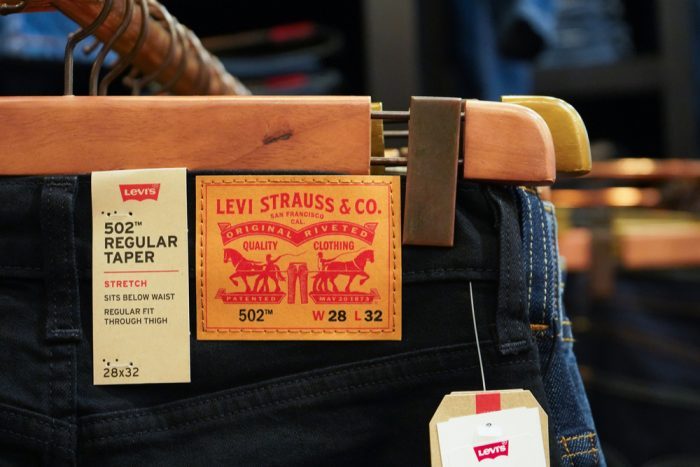
As the world turns a fresh eye on the world of hemp, Levi jeans are only the beginning. Reflecting back on the original Popular Mechanics article: “Fish nets, bow strings, canvas, strong rope, overalls, damask tablecloths, fine linen garments, towels, bed linen and thousands of other everyday items can be grown on American farms.” Thanks to relaxed farm legislation, the hemp market is getting ready to explode.


